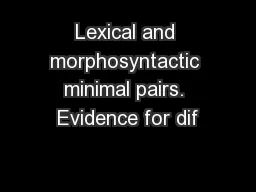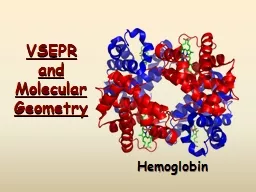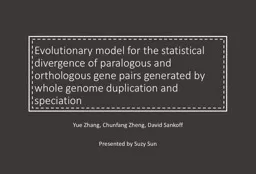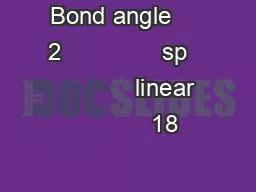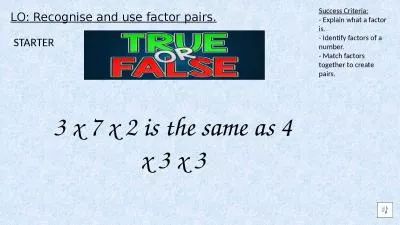PPT-Lone Pairs, Hidden and Otherwise
Author : importedferrari | Published Date : 2020-10-22
N He2s 2 2p 3 we say the nitrogen lone pair is stereochemically active N Lone Pair Electrons Cause Ammonia to be Distorted Tetrahedral Rather than Planar Lone pairs
Presentation Embed Code
Download Presentation
Download Presentation The PPT/PDF document "Lone Pairs, Hidden and Otherwise" is the property of its rightful owner. Permission is granted to download and print the materials on this website for personal, non-commercial use only, and to display it on your personal computer provided you do not modify the materials and that you retain all copyright notices contained in the materials. By downloading content from our website, you accept the terms of this agreement.
Lone Pairs, Hidden and Otherwise: Transcript
Download Rules Of Document
"Lone Pairs, Hidden and Otherwise"The content belongs to its owner. You may download and print it for personal use, without modification, and keep all copyright notices. By downloading, you agree to these terms.
Related Documents


